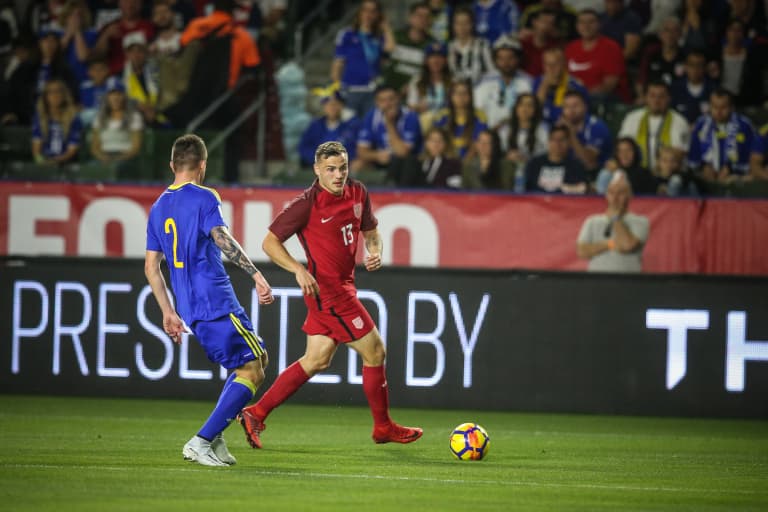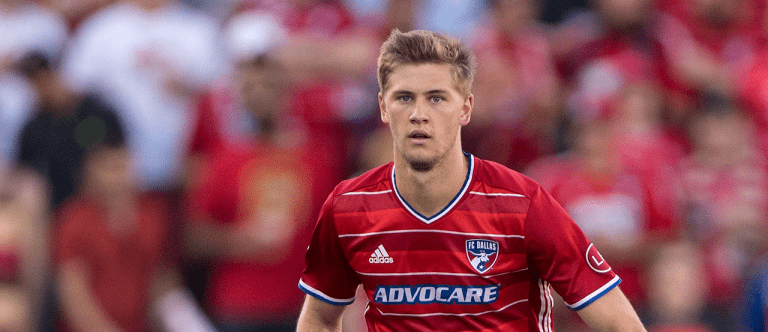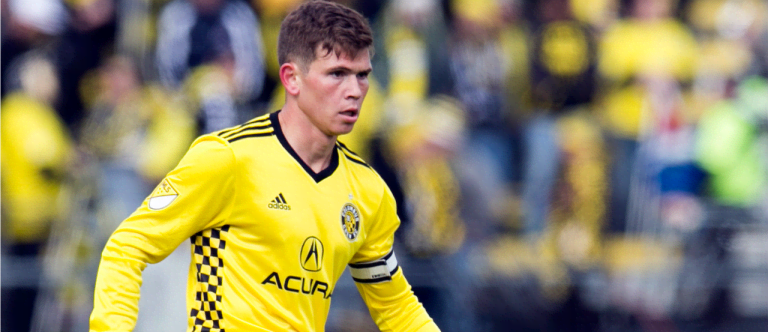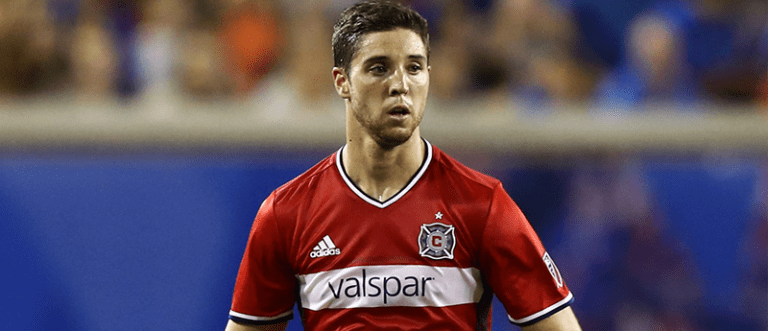It’s easy to dismiss Sunday night's 0-0 draw between the US national team and Bosnia and Herzegovina.
It clearly did not mean much, for all the obvious reasons. I will not try to sell you a bag of bad potatoes. But the experience also should not go forgotten. Let’s forget about anything from the team perspective and only focus on the players. The game meant a ton to the individual players and offered a huge opportunity to learn and improve.
It was a different experience in a new setting with unique demands. The players will hold onto those feelings and memories for a long time. Consequently, it was a chance to feel and learn something new and there were definitely lessons to be learned for individual players. It's when our players utilize these key moments to grow that we will get progress.
Here are five players who can take a clear learning opportunity from the game, and have something to work on with their clubs.
Jordan Morris: Movement off the ball

Jordan Morris on Sunday night | German Alegria/LA Galaxy
Jordan Morris is a player with clear strengths and weaknesses. He has two lethal attributes: He’s incredibly fast, in both acceleration and top-end speed, and he has good instincts around goal. The second one means he has a decent sense of where the openings are or will be and how to exploit them.
Conversely, though, he is not good at receiving passes in difficult situations. When he tucks inside from the wing and receives a ball ripped from the center mids to break the lines, he doesn’t control it close enough or maneuver it away from trouble. It doesn’t mean he’s a bad player — it’s one of the toughest skills in soccer — but it’s something he should avoid doing.
He needs to learn to use his movement in reference to his strengths and weakness. He has to figure out ways to make sure most of his actions involve his pace toward goal, rather than getting the ball with players arriving from his backside. Specifically, I’d love to see Morris master the run in behind central defenses from a wide area that hides in the defenders’ blind spots.
Tyler Adams: Finding spaces to receive a pass a few actions down the chain
I really liked the idea of the midfield three of Wil Trapp, Cristian Roldan and Tyler Adams. It might not have been the perfect option to win the single game, but it put Roldan and Adams in new situations and forced them to solve tough problems. Bosnia sat deep and kept tight, disciplined lines, restricting the space and lanes in the middle of the field.
Trapp had a relatively easy job of moving to the side of the lone Bosnian striker to get the ball, a defensive midfielder’s dream afternoon, but Adams had a much more complicated task. He had less room to maneuver. It’s always entertaining to watch Adams fly around the field, but Sunday night's match demanded a little more mental trickery.
For example, when the right back has the ball, it’s tempting to try to find an option for the right back to get the ball to you. But obviously the defense knows that and blocks off the lanes for the right back to pass through. So instead of trying to get the ball from the right back, you need to skip that play altogether. Instead of watching the right back, look at the other two center mids. If Trapp can get the ball from the right back, and he has Roldan open to his left, Adams should be shifting to the spot where he can get the ball from Roldan. If everyone executes quickly enough, Adams will have the zone to himself.
One of the hardest things in soccer is maintaining the mental discipline not to try to solve the immediate problem, but to think about the decision a few seconds away. Adams has most of the physical attributes, so now he has to tune his mental planning.
Walker Zimmerman: Keep the ball moving

Walker Zimmerman with FC Dallas | USA Today Sports Images
Walker Zimmerman has all the attributes you want from a center back: He understands the need to think through a game, he’s athletic, he communicates, he can play both medium and long-range passes, he’s likable and earns the trust of his teammates. Perhaps more than anything, he’s brave and wants to take responsibility. Too often, though, he takes it too far. He tries to make passes that mess with the rhythm of his team.
Against Bosnia, he would receive a pass from center back partner Ike Opara or Trapp and pick up his head to pass forward. It's a good first step, but then he would keep on looking. Then he would step on the ball and look again. Eventually he would clip a ball to the channel or try to slide a pass through the lanes. He felt uncomfortable just passing the ball back to Trapp or Opara. You could almost see his brain telling him, “don’t take the easy way out, you can make this work.”
For his former high-energy FC Dallas team, it often worked fine, too. But at the international level, every turnover has a higher cost. He can’t afford the same turnovers in World Cup qualifying as he can on a regular Saturday in Montreal. He needs to get more comfortable making the simple passes back and forth to nowhere until a lane opens for a pass forward.
Wil Trapp: Closing off the press

Wil Trapp | USA Today Sports Images
Wil Trappreceived a lotof praise for his performance, and rightfully so. He should feel good about his night. But there’s also one piece he can improve. He arrived late too often to finish off his team’s press in the opponent’s half of the field.
The first player would step to the ball, then the second player would step to the next man, and ultimately Trapp would arrive late to the third or fourth player and Bosnia would pass out. It’s such a difficult task to ask a No. 6 to both protect the space in front of the back four and also cap off a press — I certainly don’t want to act like it’s an easy fix — but it’s something the very best holding midfielders can do.
They time their arrival perfectly to win the ball or, worst-case scenario, foul the opponent so they can’t advance. Not many teams in MLS try to play out from the back with the confidence or composure that Bosnia brought, so it was a good opportunity to shed light on Trapp’s game. He’s not an athletic defensive mid, so his timing and confidence needs to be nearly perfect when closing pressing pockets.
Matt Polster: 1v1 defending

Matt Polster | USA Today Sports Images
Matt Polster is an exciting right back prospect. Polster started his MLS career as a center midfielder; he brings options to the position that not many others can. At the same time, he still needs to lock down the important aspects of wide defending, namely 1v1 play.
He plays tall — notice the bend in his knees when he does soccer actions — limiting his center of gravity and ability to cut and turn quickly. It creates a natural disadvantage against quick wingers. He can’t change his athletic approach at this point, so he will need to find other tricks, such as learning how to force an attacker in a predictable direction and using his body when the attacker makes the move, or throwing in a jab step to mess with the attacker’s timing.
If Polster can improve his 1v1 defending and gain a manager’s trust against skillful teams, he will be better able to highlight his other qualities.












